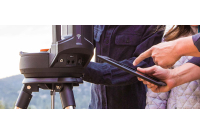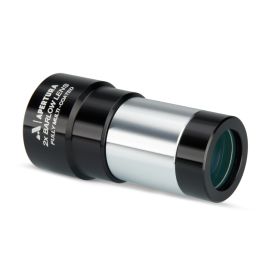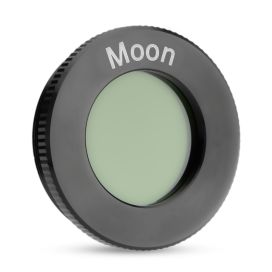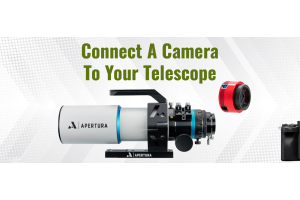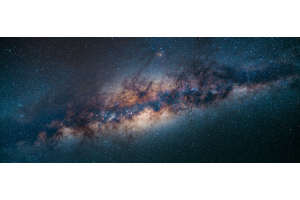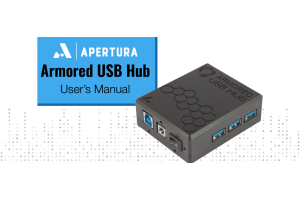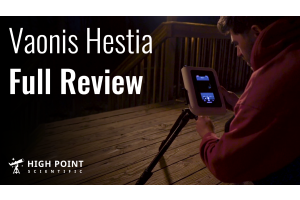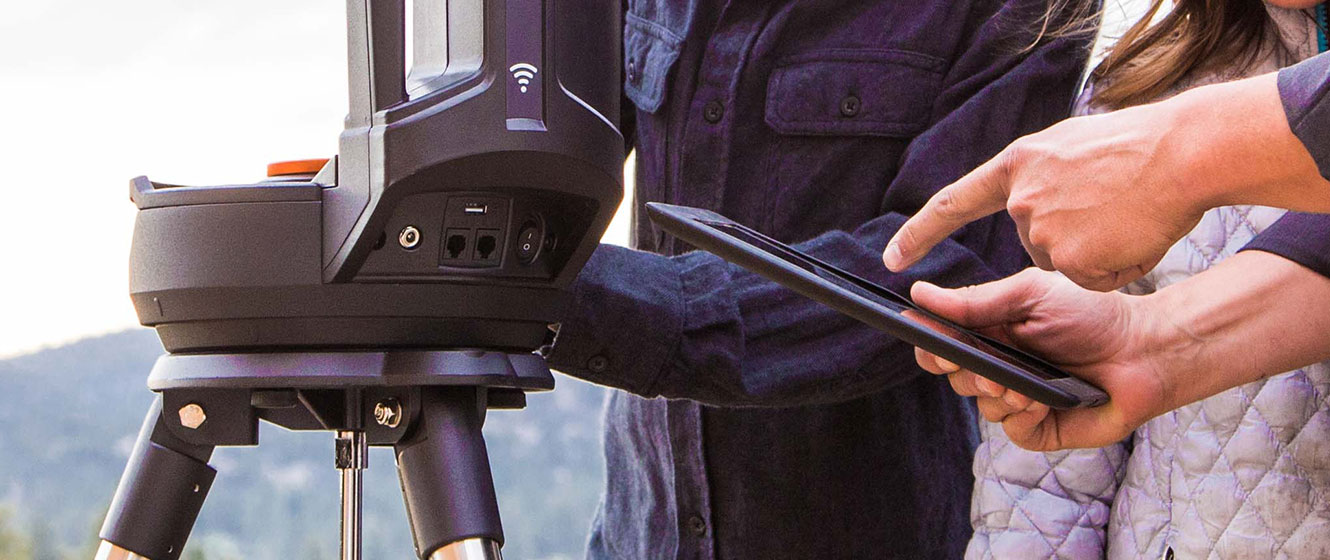
If you already own a telescope, as long as it works and you have at least one eyepiece, you will be able to observe Jupiter, Saturn and Mars this summer in way more detail than through binoculars or with your eyes alone. If you haven't used your scope lately, now's the time to set it up in the daylight and do a quick test run to make sure it's in working order and that you have the accessories you'll need for the best planetary views possible through your telescope. Please check the following things:
- Is your mount and/or tripod stable? Your telescope OTA (optical tube assembly) needs a firm, steady base to perform at its best, so tighten any bolts or screws and address any repairs that might be needed before the big night!
- Electronics. If you have a non-motorized, manual telescope you can skip this portion. If your telescope is motor-driven or has computerized electronics, you will need to check these out as well. I recommend you pretend you are setting up for the first time and use your instruction manual to put the scope through its paces.
- Now let's check and see if your finder scope (the little telescope or red dot finder) on the top of the main telescope) is aligned correctly. While it is still light, put the lowest power eyepiece you have in your focuser or diagonal (remember, the eyepiece marked with the highest number produces the lowest power and the eyepiece with the lowest number produces the highest power) and then, using your finder, point at something that is easy to locate but far away, like the top of a light pole, a weathervane or a tree in the distance. Make sure you center the object in your finder and then look through your eyepiece. Do you see your target? It should be in the center of the field of view through your eyepiece. If it isn't then you need to make adjustments to the finder until the target is centered in your eyepiece. This is normally achieved by turning the setscrews that hold the finder in its bracket (for a traditional finder) or by turning the adjustment dial on a red dot finder. Turn the dial or set screws in small increments until the view matches. Once it is dark enough to easily see the moon or the brightest point in the sky, do the same thing. The adjustments you made during the daytime should make this part of the job a piece of cake. Center the celestial object in your finder and look in the eyepiece. Because you are using what most likely will be a smaller target, you may need to make slight adjustments to perfect the alignment. You can call it a day at this point, or you can change eyepieces for one more powerful and tweak your finder even further.
- Gather your accessories into one case or box and take stock of what you have available. For planetary viewing, the most useful accessories are an eyepiece that provides about 100X magnification and/or a Barlow lens that will work with your eyepieces to achieve, on average, 100X to 250X magnification. In order to figure out the magnification that your eyepieces will provide for your telescope, divide the focal length of your telescope by the focal length of the eyepiece. For instance, if you have a telescope with a focal length of 1000mm and a 10mm eyepiece, it will produce 100X magnification. Add a 2X Barlow to that 10mm eyepiece to achieve 200X. I find it most helpful to write down the eyepieces I already have and their magnification so that I can more easily see the "holes" I want to fill. The planets do best under as much magnification as your telescope and the seeing conditions allow, but the views must be sharp. Experience with your telescope, eyepieces and viewing site will help you understand the limitations better in time, but a general rule of thumb for a sharp view is no more than 50X-60X per inch of your telescope's aperture. There are always exceptions to the rule but I mention this because it is important to remember that a 60mm (2.36") telescope will perform at its best up to 100X to about 150X. If you push it too far, the view will either be blurry. Nobody likes a blurry planet.
- Finally, you might want to consider picking up a few colored filters for enhanced views of features on Mars and Jupiter. Read More...
If you would like more information on how to set up and use your telescope, check out our First Time Telescope User's Guide. It covers a lot of ground and explains topics like eyepieces, Barlows, observing sites, seeing conditions and a whole lot more in greater detail.
Back to The Summer of Planets...
This Article was Last Updated on 02/29/2024

